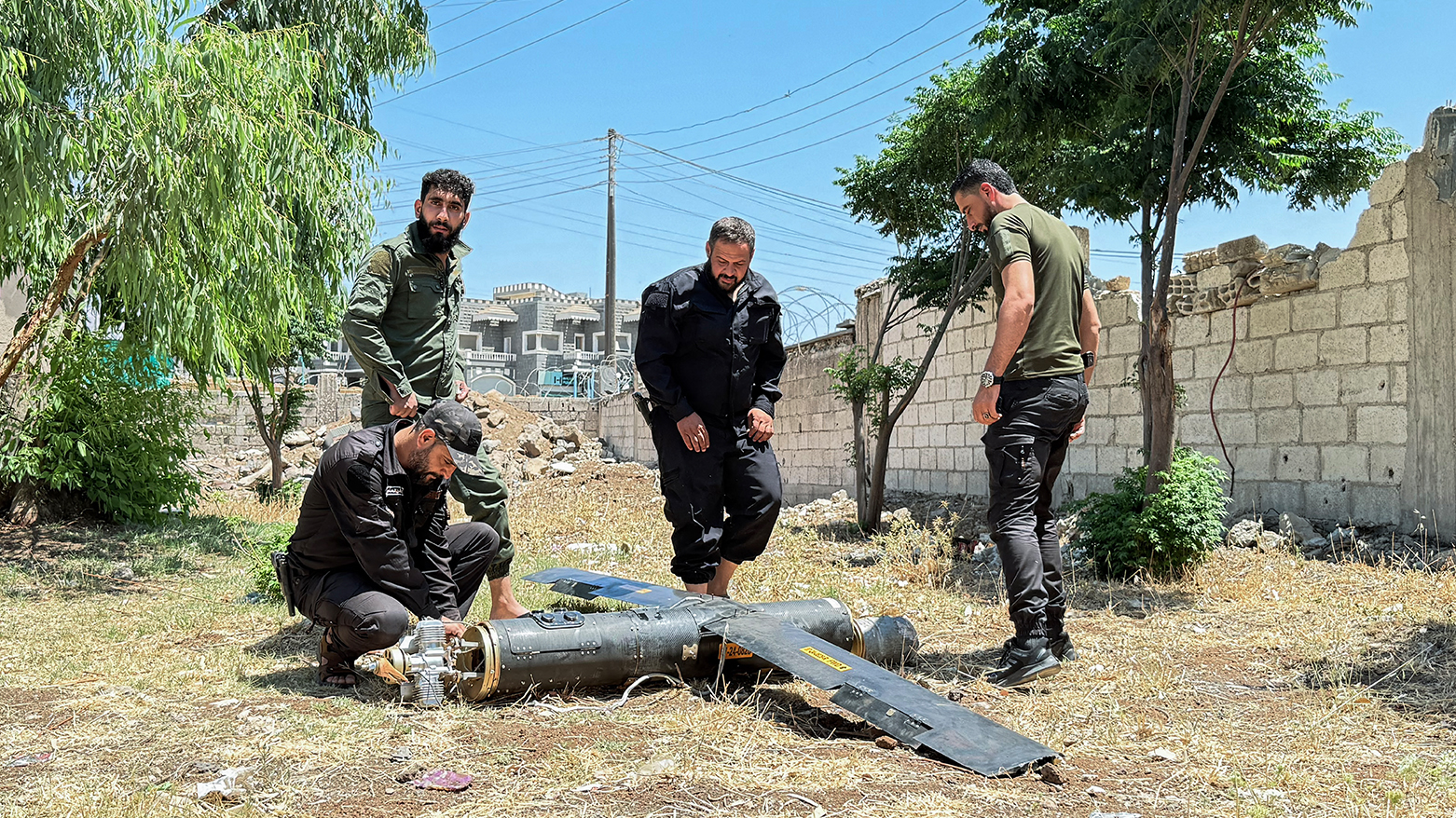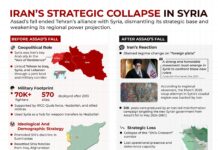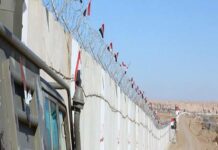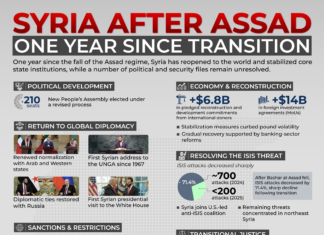
As the confrontation between Israel and Iran intensifies, Syrian airspace has turned into a battleground, placing civilians in increasing danger. The fallout from drone crashes and missile interceptions is already being felt on the ground, with residents reporting explosions, fires and direct hits on homes across several provinces.
On June 15, a suspected Iranian drone crashed into a house in the Safina area of Tartus countryside, killing a woman and setting the entire building ablaze. Marking the first civilian fatality directly tied to the aerial escalation between the two regional adversaries.
Local officials confirmed the explosion occurred around 10 in the morning. Emergency crews responded quickly to the disaster, extinguishing the fire and evacuating nearby homes. The incident comes amid a growing number of airspace violations, with dozens of Iranian drones and missiles reportedly crossing Syrian skies en route to Israeli territory, often intercepted midair.
Falling Debris and Growing Warnings
Earlier that same day, an Iranian drone fell near Ain al-Zabdah in Quneitra’s southern countryside. Though no injuries were reported, the area’s residents alerted authorities to secure the crash site. Two days earlier, a rocket impacted the outskirts of Zakiya in Damascus countryside, creating a large crater. Meanwhile, missile fragments also landed in Daraa province without causing damage, while indicating the random nature of these threats.
In response to the rising risks, Syria’s Minister of Emergency and Disasters, Raed al-Saleh, reiterated public safety guidance. “We stress not to touch any foreign object,” Saleh said in a public statement. “Leave dealing with it to engineering teams or war removal squads, and immediately report any remnants or objects from ongoing military events.”
Residents in the Yarmouk Basin area in western Daraa received direct warnings from the Israeli army via text messages. According to the Horan Free League (HFL), the messages urged residents in Arabic to seek shelter immediately due to expected alerts and emphasized the importance of staying in “protected areas.”
A Region Trapped Between Regional Powers
The pace and intensity of the air activity over Syria have increased markedly in recent days, with the number of intercepted aircraft reportedly exceeding eight on a single day in southern Syria, according to local monitoring groups. These interceptions have sparked fires in multiple areas and spread panic among residents already strained by years of conflict.
Syrian civilians, particularly in the border regions near Quneitra and Daraa, are facing a dual threat: the continuing Israeli ground incursions by occupying forces and the risk of aerial debris falling from clashes between two foreign powers. Humanitarian organizations warn that with neither Iran nor Israel operating transparently within Syrian airspace, the civilian population remains alarmingly exposed.
As the skies over Syria grow more crowded with foreign aircraft and intercepted munitions, local communities bear the brunt of a conflict that has little to do with them—yet plays out directly above their homes.









